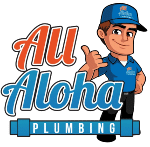Clean water is essential for Fountain Hills residents, but do you know about the hidden threat of backflow contamination? This article explores the critical role of backflow prevention in protecting our water supply. We’ll cover the risks of backflow, types of prevention devices, and how proper installation and maintenance can safeguard your home’s water system. By understanding backflow prevention, you’ll learn how to protect your family from potentially harmful contaminants and ensure your water tank, thermostat, and pipes of various diameters remain safe and functional.
Key Takeaways
- Backflow preventers are crucial for protecting Fountain Hills’ water supply from contamination
- Regular testing and maintenance of backflow devices are essential for ensuring their effectiveness
- RPZ backflow preventers offer superior protection in high-risk contamination scenarios
- Proper installation and maintenance of water heaters help prevent backflow incidents
- Choosing the right backflow preventer depends on specific property needs and local regulations
Understanding Backflow and Its Risks to Fountain Hills Water Supply
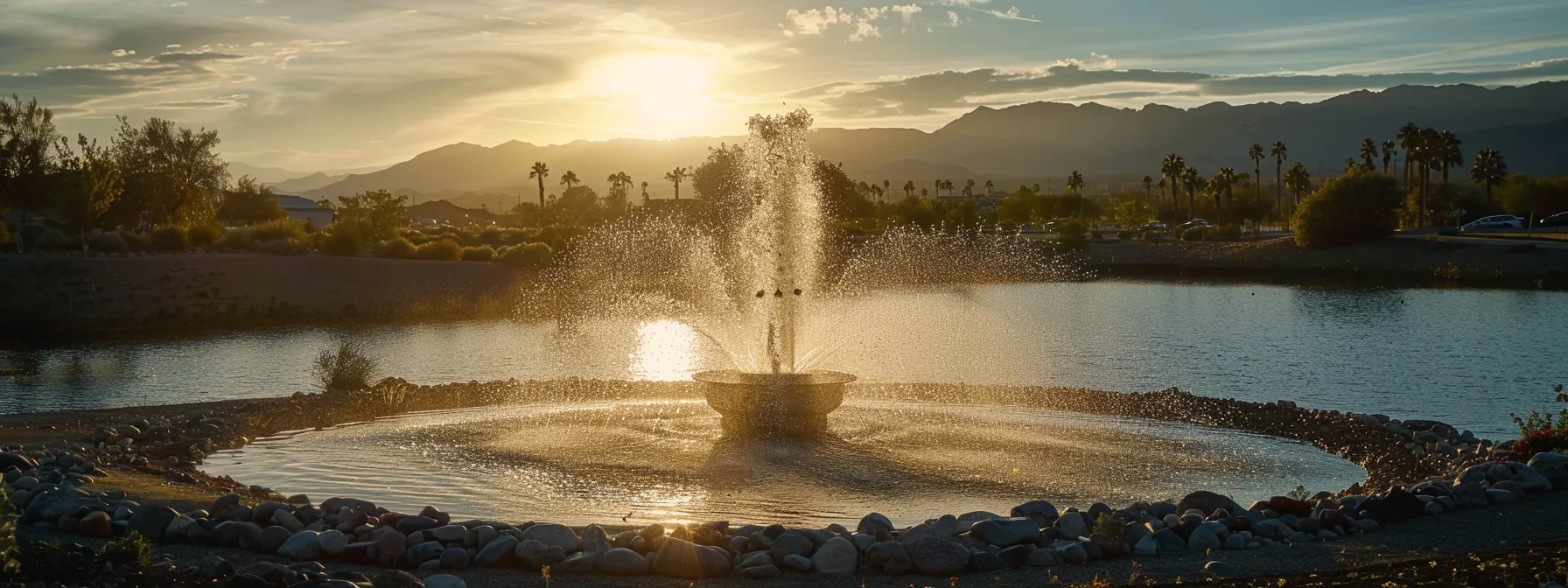
Backflow poses a significant risk to Fountain Hills’ water supply fountain-hills, potentially contaminating it with harmful substances. This section explores the nature of backflow, its impact on water quality, and common causes in residential and commercial systems. Understanding these factors is crucial for implementing effective prevention measures, including proper installation of toilets, relief valves, and natural gas lines, to safeguard the community’s water resources.
What Is Backflow and How Does It Occur?
Backflow occurs when water flows in the opposite direction of its intended path, potentially introducing contaminants into the clean water supply. This phenomenon can happen in plumbing systems due to pressure changes, often involving devices like the apollo butterfly valve or watts lf009 backflow preventer.
Various factors can trigger backflow, including sudden drops in water pressure or cross-connections between potable and non-potable water sources. To protect against these risks, proper installation of backflow prevention devices is crucial, with many manufacturers offering warranties to ensure long-term reliability. The height at which these devices are installed can also impact their effectiveness:
- Pressure changes in the main water supply
- Cross-connections between clean and contaminated water sources
- Faulty or improperly installed plumbing fixtures
- Lack of proper backflow prevention devices
The Impact of Backflow on Local Water Quality
Backflow can severely impact Fountain Hills’ water quality, introducing contaminants that pose health risks to residents. The Wilkins RPZ (Reduced Pressure Zone) device, commonly used in backflow prevention, helps protect against these hazards by preventing contaminated water from entering the public supply.
Proper maintenance of household plumbing, including aluminium fixtures and laundry equipment, is crucial in preventing backflow incidents. Residents should be aware of potential cross-connections, such as garden hoses or irrigation systems, that could compromise water quality. Key areas to monitor include:
- Kitchen and bathroom fixtures
- Outdoor irrigation systems
- Water softeners and filtration systems
- Pools and spas
- Utility sinks and laundry facilities
Common Causes of Backflow in Residential and Commercial Systems
Backflow in residential and commercial systems often stems from pressure changes in the water supply. Common sources include malfunctioning water filters, faulty pumps, and improperly installed fire sprinkler systems. These issues can create pressure differentials that allow contaminated water to flow back into the clean water supply, posing significant health risks.
Cross-connections between potable and non-potable water sources also contribute to backflow incidents. Garden hoses left submerged in pools or buckets, and the improper use of polyurethane foam in plumbing repairs can create pathways for contaminants to enter the water system. Regular inspections and proper maintenance of plumbing fixtures can help prevent these hazards and protect Fountain Hills’ water quality.
Importance of Backflow Preventers in Safeguarding Water
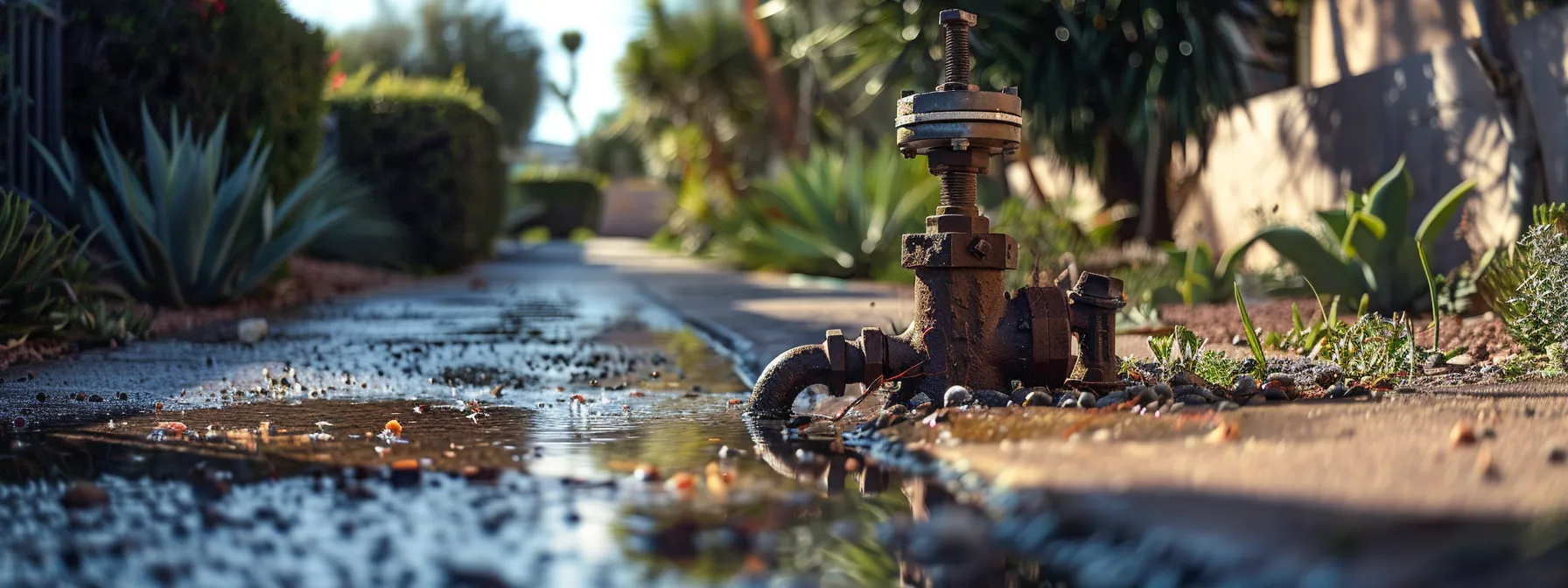
Backflow preventers are crucial for safeguarding Fountain Hills’ water supply. This section explores how these devices function, including reduced pressure zone devices and backwater valves, and outlines regulatory requirements for their installation. It also highlights the benefits of implementing backflow prevention measures on residential and commercial properties, emphasizing the importance of regular backflow inspections to maintain water quality and safety.
How Backflow Preventers Function
Backflow preventers are essential devices that protect Fountain Hills’ water supply from contamination. These mechanisms, such as the lf009m2qt model, work by creating a physical barrier between the public water system and potential sources of contamination. When installed correctly by a licensed plumber, backflow preventers ensure that water only flows in one direction, preventing any reversal that could introduce pollutants into the clean water supply.
The functionality of backflow preventers relies on a series of check valves and relief valves that respond to changes in water pressure. If a leak or pressure drop occurs in the main water supply, these devices automatically close to prevent backflow. This critical function safeguards the community’s water quality by blocking contaminants from entering the system. Regular maintenance and testing of backflow preventers are crucial to ensure their continued effectiveness:
- Annual inspections by certified professionals
- Prompt repair or replacement of faulty components
- Proper installation at key points in the plumbing system
- Adherence to local regulations and building codes
Regulatory Requirements for Backflow Prevention in Fountain Hills
Fountain Hills enforces strict regulatory requirements for backflow prevention to protect its water supply. Property owners must install approved devices, such as the Wilkins backflow preventer, at potential cross-connection points. These installations often require compression fittings and must maintain a proper air gap to ensure effectiveness.
Regular inspections and testing are mandatory for all backflow prevention devices in Fountain Hills. Licensed plumbers must perform annual checks and submit reports to the local water authority. Homeowners undertaking home improvement projects that involve plumbing work, including installing new taps, must ensure compliance with these regulations to maintain water safety standards.
Benefits of Installing Backflow Preventers on Your Property
Installing backflow preventers on properties in Fountain Hills offers numerous benefits, including safeguarding the health of residents and protecting the sanitary sewer system. These devices prevent contaminated water from entering the potable water supply, ensuring that kitchen fixtures and gas appliances remain safe for use. The cost of backflow testing is minimal compared to the potential health risks and property damage that can result from contamination.
Backflow preventers also provide peace of mind to property owners by reducing the likelihood of costly plumbing emergencies. Regular maintenance and testing of these devices can identify potential issues before they escalate, saving homeowners money in the long run. Additionally, installing backflow preventers demonstrates a commitment to community safety and environmental responsibility:
Exploring Different Types of Backflow Prevention Devices

Backflow prevention devices are crucial for protecting Fountain Hills’ drinking water from contamination. This section examines three key types: Reduced Pressure Zone (RPZ) backflow preventers, Double Check Valve Assemblies, and Atmospheric Vacuum Breakers. Understanding these devices helps property owners select the appropriate solution for their specific hazards and comply with local regulations. Certified backflow testers near Fountain Hills can assist in choosing and maintaining these essential safeguards.
Overview of Reduced Pressure Zone Backflow Preventers
Reduced Pressure Zone (RPZ) backflow preventers are advanced devices that protect Fountain Hills’ water supply from contamination. These Watts RPZ units use a series of check valves and a relief valve to create a pressure differential, effectively preventing backflow even in high-hazard situations. RPZ devices are often installed near washing machines and other appliances that pose a significant risk of contamination.
The effectiveness of RPZ backflow preventers stems from their ability to maintain a lower pressure in the zone between the two check valves than in the supply line. This pressure difference ensures that any potentially contaminated water is discharged through the relief valve rather than entering the main water supply. Plumbers must carefully consider factors such as pipe size and the presence of foam insulation when installing these devices to ensure optimal performance and compliance with local regulations.
Double Check Valve Assemblies: Features and Uses
Double Check Valve Assemblies (DCVAs) are essential backflow prevention devices used in Fountain Hills to protect the water supply from contamination. These assemblies consist of two independently operating spring-loaded check valves, often accompanied by ball valves for testing and maintenance. DCVAs are typically installed in low to medium hazard applications, such as irrigation systems or fire sprinkler lines, where the risk of contamination is present but not severe.
Regular inspection of DCVAs is crucial to ensure their proper functioning and compliance with local regulations. Unlike RPZ valves, DCVAs do not have a relief valve, making them suitable for indoor installations where water discharge is not desirable. These devices can be installed in various sizes, from 3/4 inch to larger diameters, depending on the application and flow requirements. DCVAs effectively prevent backflow caused by back pressure or back siphonage, providing reliable protection for Fountain Hills’ water system.
Atmospheric Vacuum Breakers and Their Applications
Atmospheric vacuum breakers (AVBs) are essential devices in Fountain Hills’ efforts to prevent water pollution and protect the public drinking supply. These simple yet effective mechanisms create an air gap between the water source and potential contaminants, ensuring that polluted water cannot flow back into the main system. AVBs are commonly used in residential and commercial settings throughout the United States, particularly in areas where backflow poses a significant risk to water quality.
In Fountain Hills, AVBs play a crucial role in safeguarding water systems connected to potential sources of contamination. They are often installed on outdoor faucets, irrigation systems, and other non-pressurized applications where drainage or back-siphonage could occur. The effectiveness of AVBs in preventing backflow depends on proper installation and maintenance:
- Installing AVBs at least 6 inches above the highest outlet or flood level
- Regular inspection for signs of wear or damage
- Ensuring the air inlet valve remains unobstructed
- Replacing AVBs that show signs of leakage or malfunction
- Consulting with local plumbing professionals for proper sizing and installation
The Role of Reduced Pressure Zone Backflow Preventers in High-Risk Scenarios

Reduced Pressure Zone (RPZ) backflow preventers play a crucial role in high-risk scenarios for Fountain Hills’ water supply. This section examines situations requiring RPZ devices, their advantages over other preventers like hose bib vacuum breakers, and essential maintenance tips. Understanding the importance of RPZ valves in irrigation systems and their ability to handle back pressure is vital for effective water protection.
Situations Requiring an RPZ Backflow Preventer
Reduced Pressure Zone (RPZ) backflow preventers are essential in high-risk scenarios where contamination of Fountain Hills’ water supply poses a severe threat. These devices, such as the Zurn RPZ models, are required in situations where a pressure vacuum breaker may not provide sufficient protection. RPZ preventers are typically installed in commercial and industrial settings where toxic chemicals, fertilizers, or other hazardous substances are present and could potentially enter the water system.
Fountain Hills water authorities mandate the use of RPZ devices in various applications, including irrigation systems connected to chemical injectors, medical facilities, and industrial processes involving high-pressure equipment. The robust construction of RPZ preventers, often incorporating copper and iron components, ensures they can withstand extreme pressure differentials and effectively prevent backflow even in the most challenging environments. Their ability to handle both back pressure and back-siphonage makes them the preferred choice for protecting the public water supply in high-risk scenarios.
Advantages of Using RPZ Backflow Preventers
RPZ backflow preventers offer superior protection against high-risk contamination scenarios in Fountain Hills. These devices, such as the Watts LF009M3QT, provide a reliable barrier against both back pressure and back-siphonage, making them ideal for complex plumbing systems where sump pumps or other potential contamination sources are present. The unique design of RPZ preventers ensures that even if both check valves fail, the relief valve will still discharge water, preventing any contamination of the potable water supply.
Another advantage of RPZ devices like the Watts 009QT is their versatility in various high-risk applications. These backflow preventers can be installed on irrigation systems, fire sprinkler lines, and industrial processes where chemical additives are used. Their ability to handle extreme pressure differentials and potentially hazardous substances makes them the preferred choice for protecting Fountain Hills’ water supply in scenarios where the risk of contamination is significant.
Maintenance Tips for RPZ Backflow Preventers
Regular maintenance of RPZ backflow preventers is crucial for ensuring the safety of Fountain Hills’ water supply. Proper RPZ installation by a certified professional sets the foundation for effective operation, but ongoing care is essential. Homeowners and property managers should schedule annual inspections and tests to verify the device’s functionality, particularly focusing on the pressure regulator and relief valve components.
In addition to professional maintenance, property owners can perform basic upkeep tasks to preserve their RPZ devices. These include regularly checking for visible leaks, ensuring the surrounding area remains free from debris, and protecting the unit from freezing temperatures. For outdoor installations, using a protective cover or insulated enclosure can prevent damage from extreme weather conditions. It’s also important to keep hoses and other attachments disconnected when not in use to minimize the risk of contamination from sewage or other pollutants.
Enhancing Water Heater Safety With Proper Backflow Prevention
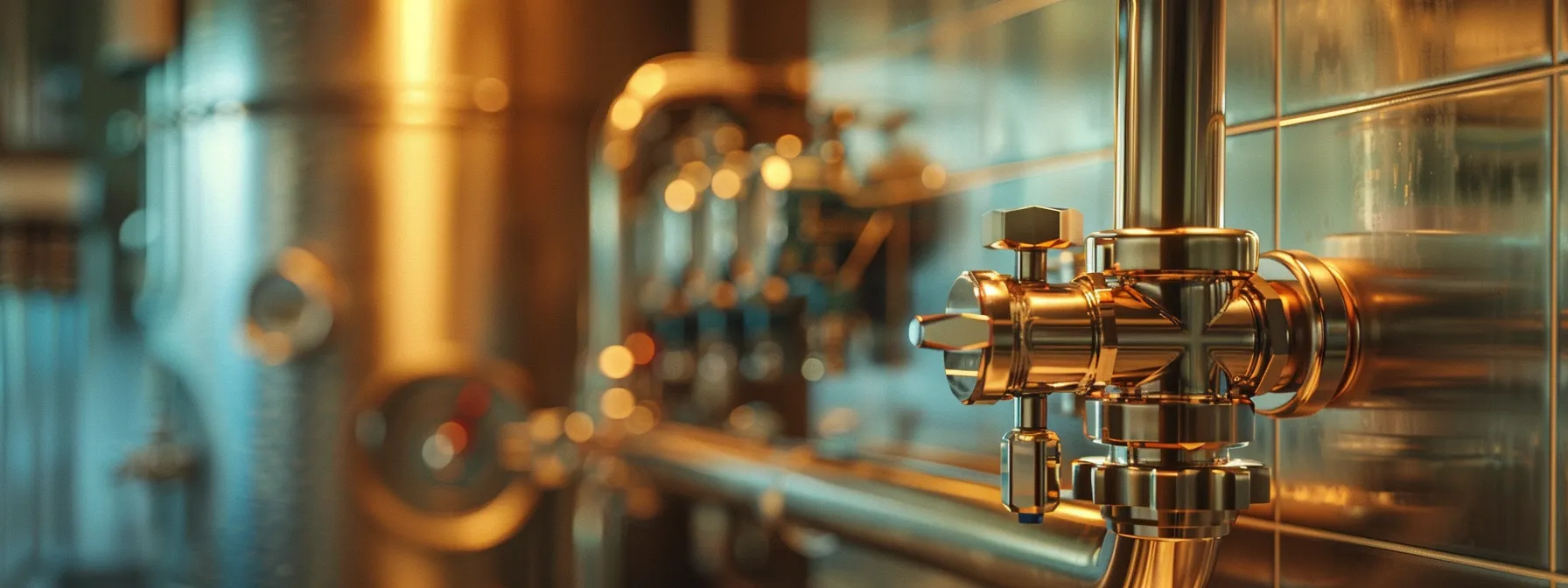
Proper backflow prevention is crucial for water heater safety in Fountain Hills. This section examines risks associated with 34-inch hot water heaters, prevention methods for water heater systems, and maintenance of water heaters and backflow preventers. Understanding these aspects helps protect the local water supply and ensures the safe operation of residential and commercial boilers, including those with stainless steel components and RPZ plumbing systems.
Backflow Risks Associated With a 34-Inch Hot Water Heater
A 34-inch hot water heater poses significant backflow risks in Fountain Hills homes, potentially contaminating the water supply with harmful substances. These large-capacity heaters, often equipped with devices like the Watts LF009M2QT backflow preventer, can experience pressure fluctuations that may lead to backflow incidents. Proper backwater valve installation is crucial to mitigate these risks and protect the potable water system.
Heat and energy transfer within these water heaters can create thermal expansion, increasing the likelihood of backflow events. Homeowners should prioritize regular backflow testing near me to ensure their prevention devices are functioning correctly. Professionals can assess the system’s integrity, focusing on key components such as pressure relief valves and thermal expansion tanks. Proper maintenance helps safeguard against potential contamination and ensures compliance with local regulations:
- Regular inspection of pressure relief valves
- Monitoring of thermal expansion tanks
- Annual backflow testing by certified professionals
- Proper insulation to prevent heat loss and pressure fluctuations
- Installation of temperature and pressure gauges for early detection of issues
Preventing Backflow in Water Heater Systems
Preventing backflow in water heater systems is crucial for maintaining safe and clean water in Fountain Hills. Homeowners should install a dual check valve or reduced pressure zone backflow preventer to protect against potential contamination. These devices create a barrier between the water heater and the main water supply, ensuring that heated water cannot flow back into the potable water system.
Regular backflow testing is essential to verify the proper functioning of prevention devices. Plumbers recommend annual inspections of backflow valves, especially for systems connected to showers or other high-risk fixtures. Proper maintenance of these devices helps safeguard against thermal expansion and pressure fluctuations that could compromise water quality. Homeowners should also be aware of potential cross-connections in their plumbing systems and address them promptly:
- Install temperature and pressure relief valves on water heaters
- Maintain proper water pressure throughout the system
- Ensure adequate insulation of hot water pipes
- Address any leaks or drips in faucets and showerheads promptly
- Consider installing a thermal expansion tank for added protection
Maintaining Your Water Heater and Backflow Preventer
Regular maintenance of water heaters and backflow prevention devices is crucial for ensuring the safety of Fountain Hills’ water supply. Homeowners should inspect their water heaters annually, checking for signs of corrosion, leaks, or sediment buildup in the tank. The backflow prevention device, such as an RPZ device, requires professional testing at least once a year to verify its proper functioning and compliance with local regulations.
Proper maintenance extends the lifespan of both water heaters and backflow preventers, preventing costly replacements and potential water contamination. Homeowners should flush their water heaters regularly to remove sediment, inspect the flue for proper ventilation, and ensure the pressure relief valve is functioning correctly. For backflow preventers, particularly those made of ductile iron or handling high gallon capacities, regular cleaning and lubrication of moving parts are essential for optimal performance. Key maintenance tasks include:
- Annual flushing of water heater tanks
- Inspection of anode rods and replacement if necessary
- Checking and tightening of all connections
- Professional testing of backflow prevention devices
- Cleaning and lubricating RPZ device components
Steps to Install and Maintain Backflow Prevention Devices in Fountain Hills
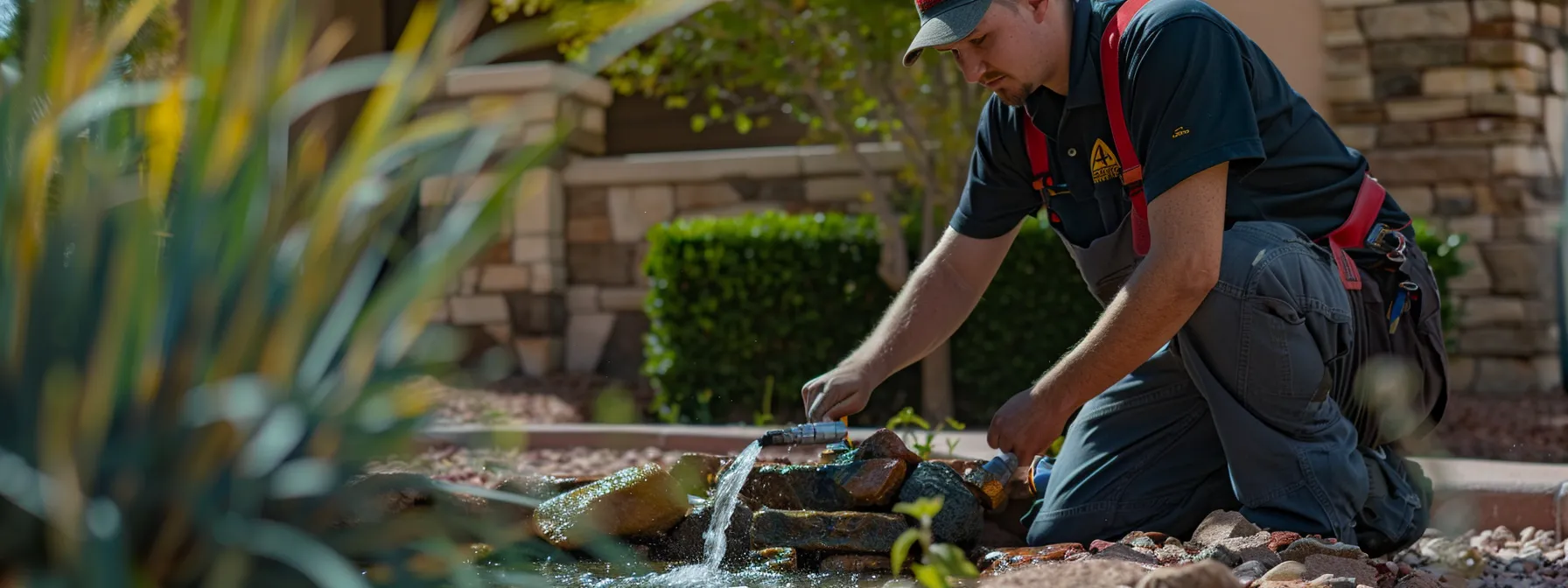
Installing and maintaining backflow prevention devices is crucial for safeguarding Fountain Hills’ water supply. This section outlines the process of selecting appropriate devices, such as RPZ backflow preventers or double check valves, based on specific needs. It covers professional installation procedures, emphasizing safety considerations for various appliances like dishwashers. Additionally, it provides guidelines for regular testing and maintenance to ensure long-term effectiveness, even in challenging conditions like earthquakes.
Choosing the Right Backflow Preventer for Your Needs
Selecting the right backflow preventer for Fountain Hills properties requires careful consideration of factors such as fluid type, temperature, and potential hazards. Homeowners should assess their specific needs, considering whether they require a device for irrigation systems, boilers, or other applications. The choice between a Reduced Pressure Zone (RPZ) device or a double check valve assembly often depends on the level of hazard and local regulations.
When choosing a backflow preventer, property owners should consider the device’s material, such as bronze, which offers durability and corrosion resistance. The length of the device is also crucial, as it must fit within the available space while maintaining proper clearances. Some municipalities offer rebate programs for installing approved backflow prevention devices, making it financially advantageous for homeowners to invest in water safety:
What to Expect During Professional Installation
Professional installation of backflow prevention devices in Fountain Hills involves several key steps. A certified plumber will first assess the property’s water system, including any connections to irrigation systems or boilers, to determine the appropriate device and installation location. The plumber will then prepare the site, which may involve shutting off the water supply and draining the pipes, before installing the backflow preventer, often a reduced pressure zone device made of brass or similar materials.
During the installation process, homeowners can expect the plumber to ensure proper clearance around the device, particularly if it’s installed near the floor or in a confined space. The installer will carefully connect the device to the existing plumbing, using appropriate fittings and ensuring a secure seal to prevent leaks. After installation, the plumber will conduct a thorough backflow inspection to verify proper functioning and compliance with local regulations, including those that may apply in California or other states with strict water safety standards.
Guidelines for Regular Testing and Maintenance
Regular testing and maintenance of backflow prevention devices in Fountain Hills are essential for ensuring the safety of the local water supply. Property owners should schedule annual inspections with certified professionals who can perform comprehensive tests on devices such as reduced pressure zone (RPZ) assemblies and double check valves. These tests verify the proper functioning of relief valves, check valves, and other critical components, ensuring they effectively prevent contamination of the potable water system.
Maintenance of backflow preventers in Fountain Hills involves cleaning internal components, replacing worn parts, and ensuring proper lubrication of moving elements. Property owners should keep detailed records of all tests and maintenance activities, as required by local regulations. Additionally, they should be alert to signs of potential issues, such as continuous discharge from relief valves or unusual noises, and promptly contact a certified professional for assessment and repairs to maintain the integrity of their backflow prevention system.
Conclusion
Backflow prevention is crucial for safeguarding Fountain Hills’ water supply from contamination, protecting public health and property. Proper installation and maintenance of backflow preventers, such as Reduced Pressure Zone (RPZ) devices and Double Check Valve Assemblies, are essential for mitigating risks associated with residential and commercial plumbing systems. Regular testing and inspections by certified professionals ensure these devices function effectively, complying with local regulations and maintaining water quality standards. By understanding the importance of backflow prevention and taking proactive measures, Fountain Hills residents can contribute to the safety and reliability of their community’s water resources.

